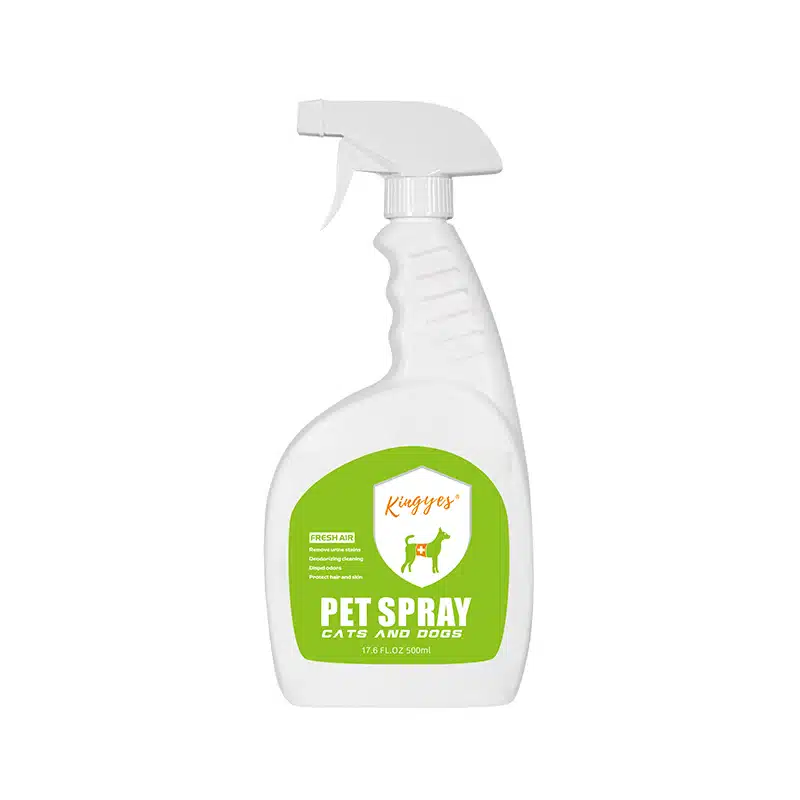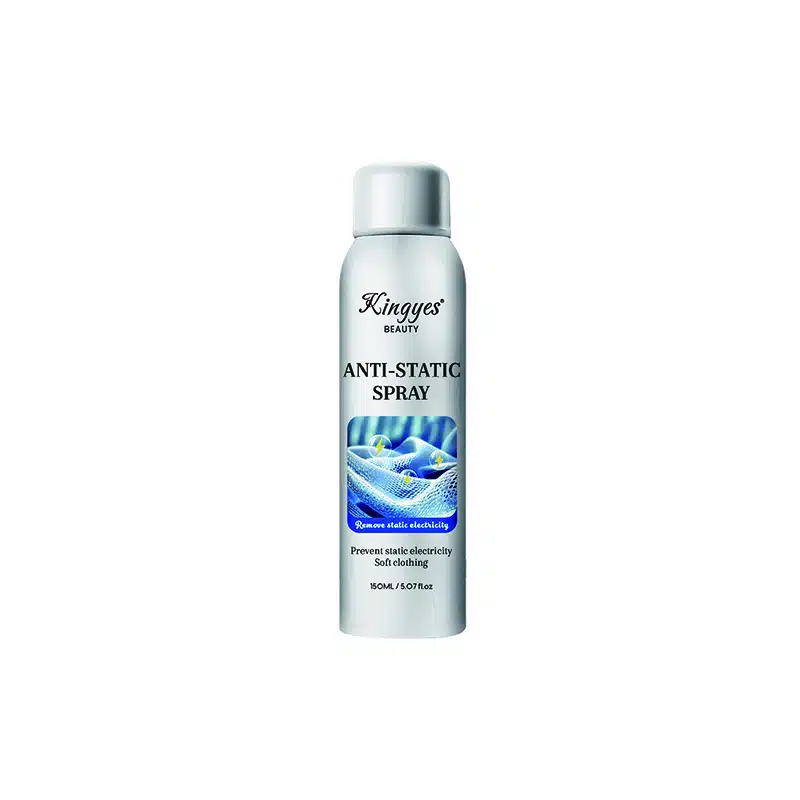
Top 10 Beauty Brands In Southeast Asia
Table of Contents
Unveiling the Powerhouses: Top 10 Beauty Brands in Southeast Asia
Southeast Asia’s beauty scene is booming, with local brands challenging global giants and capturing the hearts (and wallets) of consumers. This article explores the top 10 beauty brands in Southeast Asia, providing a glimpse into the dynamic and diverse market. Understanding the top 10 and brands in Southeast Asia will help those looking to enter the market. From established names to rising stars, we uncover the brands winning in Southeast Asia, analyzing their strategies, product offerings, and appeal to the region’s unique consumer base. This is essential reading for anyone interested in the Southeast Asian beauty market, whether you’re a consumer, an investor, or a brand looking to expand.
The Thriving Beauty Market of Southeast Asia: An Overview
Southeast Asia is a dynamic and rapidly growing market for beauty and personal care products. With a large and increasingly affluent population, a strong emphasis on appearance, and a high level of digital engagement, the region presents a significant opportunity for beauty brands. Key factors driving growth include:
- Young and Digital-Savvy Population: A large proportion of the population is young and digitally connected, driving trends and product discovery through social media platforms like TikTok.
- Rising Disposable Incomes: Increasing affluence in many Southeast Asian countries is fueling demand for beauty products, including higher-end items.
- Strong Influence of K-Beauty and J-Beauty: Korean and Japanese beauty trends have a significant impact on consumer preferences in Southeast Asia.
- Demand for Natural and Organic Products: There’s a growing interest in natural, organic, and halal-certified beauty products.
- Emphasis on Skincare: Skincare is a particularly strong category, with consumers prioritizing healthy, glowing skin.
This vibrant market is characterized by both the presence of established global beauty brands and the rise of local players who are increasingly capturing market share. Asian brands are becoming forces in the market.
Methodology: How We Identified the Top 10
Identifying the top beauty brands in a diverse region like Southeast Asia requires a multifaceted approach. While comprehensive sales data across all countries is difficult to obtain, we’ve combined several factors to create our list:
- Market Research Reports: Analyzing reports from reputable market research firms that track sales and market share in the Southeast Asian beauty sector.
- Online Popularity and Engagement: Assessing brand presence and engagement on social media platforms, e-commerce sites, and online reviews.
- Industry Expert Opinions: Consulting with beauty industry experts and analysts familiar with the Southeast Asian market.
- Brand Recognition and Reputation: Considering brand awareness and reputation among consumers in the region.
- Campaign Asia-Pacific and Milieu Insight: Leveraging the insights from Campaign’s exclusive research with Milieu Insight on consumer preferences.
- Awards and Recognition: Factoring in any industry awards or recognition received by the brands.
It’s important to note that this list is not exhaustive and represents a snapshot of the current market landscape. The beauty industry is constantly evolving, and new brands are emerging all the time.
Indonesia’s Power Players: Leading the Southeast Asian Charge
Indonesia, with its large population and burgeoning middle class, is a major force in the Southeast Asian beauty market. Several Indonesian brands are making significant waves, both domestically and regionally.
- Wardah: Indonesia’s Wardah is a prime example of a local brand achieving massive success. It’s a halal-certified cosmetic and skincare brand that has resonated deeply with Indonesian consumers. Wardah offers a wide range of products, from skincare and makeup to fragrance, at affordable prices. Its strong focus on halal beauty and its understanding of local preferences have been key to its success. This is significant as the brand in 2024 surges past global giants like L’Oréal, and Dove. The brand’s marketing and digital strategies have further propelled its success.
- Emina: Another popular Indonesian brand, Emina, caters to a younger demographic with its playful branding, affordable pricing, and on-trend products.
- Skintific: Skintific is a newer skincare brand that has quickly gained popularity in Indonesia and other Southeast Asian countries. The company claims its products are formulated by scientists and they use a scientific approach to beauty. They focus on effective formulations and addressing specific skin concerns. They provide affordable options for good skincare and cosmetics. Skintific is a popular brand in Indonesia.
These Indonesian brands demonstrate the power of understanding local consumer needs and preferences, offering high-quality products at accessible price points, and leveraging digital marketing effectively.
Singapore’s Sophistication: Brands Blending Innovation and Luxury
Singapore, a global hub for business and innovation, is home to several beauty brands that reflect the country’s sophisticated and cosmopolitan nature. These brands often emphasize high-quality ingredients, advanced formulations, and a premium brand experience.
- Allies of Skin: This skincare brand has gained international recognition for its innovative, science-backed formulations and minimalist aesthetic.
- RE:ERTH: Focusing on “mindful beauty,” RE:ERTH combines Japanese ingredients and technology with a commitment to sustainability.
- ést.lab: A Singapore brand under Estetica, ést.lab has a strong focus on researching and developing products. They sell high-quality skincare products.
Singaporean brands often target a more discerning consumer who is willing to invest in premium skincare and cosmetics. They also benefit from Singapore’s reputation for quality and innovation. They understand that the beauty sector is evolving.
Malaysia’s Diverse Beauty Scene: Catering to a Multicultural Market
Malaysia, with its multicultural population, has a diverse beauty market that reflects the country’s rich heritage and varied consumer preferences. Malaysian brands often cater to a range of skin tones and ethnicities, offering products that address specific needs and concerns.
- SimplySiti: Founded by Malaysian singer Siti Nurhaliza, this brand offers a wide range of cosmetics and skincare products, with a focus on halal formulations.
- dUCk Cosmetics: Known for its stylish packaging and high-quality products, dUCk Cosmetics has gained a strong following among fashion-conscious consumers.
- NITA Cosmetics: This brand celebrates Malaysian culture and heritage through its vibrant colors and product names.
Malaysian beauty brands often emphasize inclusivity and cater to the diverse needs of the country’s population. They also leverage the country’s strong tradition of natural beauty remedies.
Thailand’s Trendsetting Brands: Setting the Pace for Southeast Asia
Thailand is known for its vibrant beauty scene and trendsetting brands. Thai beauty brands often emphasize natural ingredients, innovative formulations, and affordable prices. Thailand is often seen as setting the trends for the rest of Southeast Asia.
- Srichand: A heritage brand that has been around for over 70 years, Srichand is known for its iconic translucent powder.
- Mistine: One of the largest cosmetic companies in Thailand, Mistine offers a wide range of beauty products at affordable prices.
- 4U2 Cosmetics: This younger brand has gained popularity for its trendy makeup products and collaborations with influencers.
Thai beauty brands are often at the forefront of beauty trends in Southeast Asia, setting the pace for innovation and affordability. Brands like these make Thailand a leader.
The Philippines’ Emerging Beauty Stars: Innovation and Affordability
The Philippines is a rapidly growing beauty market, with a strong emphasis on affordability and local ingredients. Filipino beauty brands are increasingly gaining recognition for their innovative products and focus on catering to Filipino skin tones and concerns.
- Sunnies Face: This brand has gained a cult following for its stylish packaging, on-trend makeup products, and affordable prices.
- BLK Cosmetics: Co-founded by actress Anne Curtis, BLK Cosmetics offers a range of cosmetics designed for Filipina skin tones.
- Human Nature: This brand focuses on natural and organic skincare and personal care products, using locally sourced ingredients.
Filipino beauty brands are making waves with their commitment to affordability, inclusivity, and innovation. Emerging brands are focusing on the local market.
The Rise of Halal Beauty: A Major Force in Southeast Asia
Halal beauty is a significant and growing segment of the Southeast Asian beauty market, particularly in countries like Indonesia and Malaysia, which have large Muslim populations. Halal-certified cosmetics and skincare products are formulated without ingredients that are prohibited under Islamic law, such as alcohol and certain animal-derived ingredients.
- Wardah (Indonesia): As mentioned earlier, Wardah is a leading halal beauty brand in Indonesia and the region.
- SimplySiti (Malaysia): This brand also offers a range of halal-certified products.
- Safi (Malaysia): Safi is a major player in the halal beauty market, offering a wide range of skincare and personal care products.
The rise of halal beauty reflects the growing demand for products that align with consumers’ religious and ethical values. It’s a trend that is shaping the beauty landscape in Southeast Asia and beyond. Indonesia’s halal market is a force.
Key Trends Shaping the Southeast Asian Beauty Landscape
Several key trends are shaping the Southeast Asian beauty market, influencing both consumer preferences and brand strategies:
- Skincare Focus: Skincare continues to be a dominant category, with consumers prioritizing healthy, glowing skin. Products that deliver hydration, brightening, and anti-aging benefits are particularly popular. Many consumers want to use products that hydrate their skin.
- Natural and Organic: There’s a growing demand for natural, organic, and halal-certified beauty products, driven by concerns about health and sustainability.
- Ingredient Transparency: Consumers are becoming more discerning about ingredients, seeking out products with clear and transparent labeling.
- Customization and Personalization: There’s a growing interest in customized skincare solutions tailored to individual needs and concerns.
- Digital Engagement: Social media platforms, e-commerce sites, and online reviews play a crucial role in product discovery and purchase decisions.
- Innovation: Brands looking to thrive in the region need to be innovative.
- Affordability: Southeast Asia’s consumers look for products that are good value for the money. Affordable skincare is a fast-growing area.
- Inclusivity: Southeast Asian consumers look for brands that represent and cater to them.
Beauty brands that can effectively address these trends are well-positioned to succeed in the Southeast Asian market.
The Future of Beauty in Southeast Asia: What to Expect in 2025 and Beyond
The Southeast Asian beauty market is expected to continue its strong growth trajectory in the coming years. Here are some key predictions for 2025 and beyond:
- Continued Growth of Local Brands: Local Southeast Asian beauty brands will likely continue to gain market share, challenging the dominance of global players.
- Expansion of Halal Beauty: The halal beauty segment is expected to grow significantly, driven by increasing demand from Muslim consumers.
- Rise of Indie Brands: Expect to see more independent and niche beauty brands emerge, catering to specific consumer needs and preferences.
- Technological Innovation: Expect greater use of technology, such as AI and augmented reality, in product development, marketing, and the customer experience.
- Sustainability: Sustainability will become an increasingly important factor for consumers, driving demand for eco-friendly packaging and ethically sourced ingredients.
- Increased Collaboration: Brands looking to enter the market might look to collaborate with local influencers to make a splash.
- Data Analysis: Data analysis will become more sophisticated, allowing for more personalized targeting of consumers.
The Southeast Asian beauty market is dynamic, diverse, and full of opportunity. Brands that can understand and adapt to the region’s unique characteristics are poised for success. Brands across Southeast Asia are going from strength to strength.
Table of Top Brands and Key Features
| Brand | Country | Key Features | Product Focus | Price Point |
|---|---|---|---|---|
| Wardah | Indonesia | Halal-certified, affordable, wide range of products | Skincare, makeup, fragrance | Budget |
| Emina | Indonesia | Playful branding, affordable, targeted at younger consumers | Makeup, skincare | Budget |
| Skintific | Indonesia | Scientifically formulated, affordable | Skincare | Budget |
| Allies of Skin | Singapore | Innovative formulations, science-backed, minimalist aesthetic | Skincare | High-End |
| RE:ERTH | Singapore | Mindful beauty, Japanese ingredients and technology, sustainable | Skincare | High-End |
| ést.lab | Singapore | Research-driven, results-focused | Skincare | High-End |
| SimplySiti | Malaysia | Halal-certified, founded by a celebrity, wide range of products | Cosmetics, skincare | Mid-Range |
| dUCk Cosmetics | Malaysia | Stylish packaging, high-quality products | Cosmetics | Mid-Range |
| NITA Cosmetics | Malaysia | Celebrates Malaysian culture, vibrant colors | Cosmetics | Mid-Range |
| Srichand | Thailand | Heritage brand, iconic translucent powder | Skincare, makeup | Budget |
| Mistine | Thailand | Wide range of products, affordable prices | Cosmetics, skincare, personal care | Budget |
| 4U2 Cosmetics | Thailand | Trendy makeup products, collaborations with influencers | Makeup | Budget |
| Sunnies Face | Philippines | Stylish packaging, on-trend makeup, affordable prices | Makeup | Budget |
| BLK Cosmetics | Philippines | Designed for Filipina skin tones, co-founded by a celebrity | Cosmetics | Mid-Range |
| Human Nature | Philippines | Natural and organic products, locally sourced ingredients | Skincare, personal care | Mid-Range |
Table Comparing Brand Positioning
| Brand | Target Audience | Brand Positioning | Marketing Strategy | Key Strengths |
|---|---|---|---|---|
| Wardah | Muslim women | Halal, affordable, everyday beauty | Digital marketing, community building | Halal certification, affordability, strong brand recognition |
| Emina | Young women, teens | Playful, trendy, affordable | Social media marketing, influencer collaborations | Affordability, on-trend products, appealing to young consumers |
| Skintific | All skin types | Affordable, Scientific | Social Media, Influencer | Affordability, Scientifically formulated, brand recognition |
| Allies of Skin | Skincare enthusiasts | High-performance, science-backed | Online marketing, PR, partnerships with retailers | Innovative formulations, strong brand reputation |
| RE:ERTH | Conscious consumers | Mindful, sustainable, Japanese-inspired | Content marketing, storytelling | Unique brand philosophy, high-quality ingredients |
| ést.lab | Skincare enthusiasts | Researched-based | Partnerships, online marketing | Skincare, dermatologist recommended |
| SimplySiti | Malaysian women | Halal, celebrity-endorsed, accessible | Traditional media, digital marketing | Celebrity endorsement, halal certification, wide distribution |
| dUCk Cosmetics | Fashion-conscious women | Stylish, high-quality, aspirational | Social media marketing, collaborations | Strong brand image, high-quality products |
| NITA Cosmetics | Malaysian women | Cultural, vibrant, expressive | Social media marketing, community building | Unique brand identity, celebration of Malaysian culture |
| Srichand | Thai consumers | Heritage, trusted, affordable | Traditional media, digital marketing, product innovation | Brand heritage, affordability, wide distribution |
| Mistine | Mass market | Affordable, wide range of products | Traditional media, digital marketing, direct selling | Affordability, wide product range, strong distribution |
| 4U2 Cosmetics | Young women, trendsetters | Trendy, affordable, influencer-driven | Social media marketing, influencer collaborations | On-trend products, affordability, strong social media presence |
| Sunnies Face | Millennials, Gen Z | Stylish, affordable, curated | Social media marketing, influencer collaborations | Strong brand image, on-trend products, affordability |
| BLK Cosmetics | Filipina women | Uncomplicated, celebrity-endorsed, accessible | Social media marketing, celebrity endorsement | Celebrity endorsement, focus on Filipina skin tones |
| Human Nature | Eco-conscious consumers | Natural, organic, socially responsible | Content marketing, community building | Ethical sourcing, natural ingredients, social impact |
10 Key Things to Remember About Beauty Brands in Southeast Asia
- Southeast Asia is a dynamic and rapidly growing beauty market.
- Local Southeast Asian brands are increasingly challenging global players.
- Indonesia is a major force in the Southeast Asian beauty market, with brands like Wardah leading the way.
- Halal beauty is a significant and growing segment, particularly in Indonesia and Malaysia.
- Skincare is a dominant category, with consumers prioritizing healthy, glowing skin.
- Natural, organic, and sustainable beauty products are gaining popularity.
- Digital engagement, particularly on social media platforms like TikTok, is crucial for reaching consumers.
- Affordability, innovation, and inclusivity are key trends shaping the market.
- The top 10 brands showcase a mix of established players and rising stars.
- The future of beauty in Southeast Asia will be characterized by continued growth, localization, and a focus on sustainability and technology.
Comments
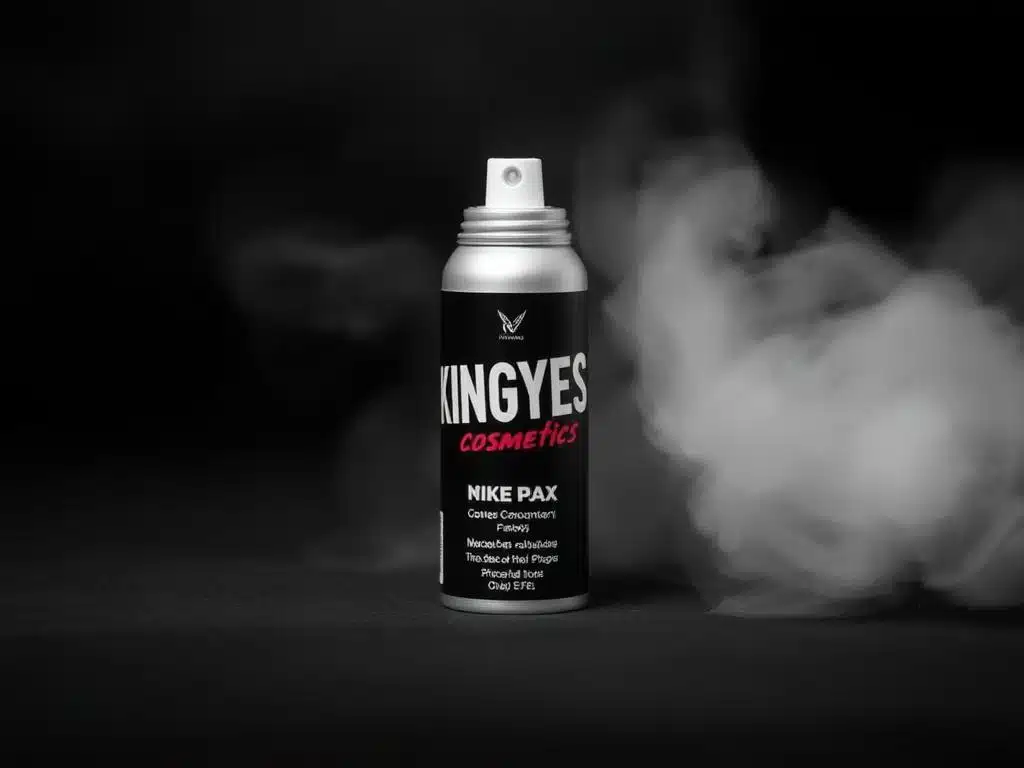
How To Sell Cosmetics On Ozon?
Ozon, often dubbed the “Amazon of Russia,” is a rapidly growing e-commerce marketplace presenting a significant opportunity for businesses looking to tap into the vast Russian market.
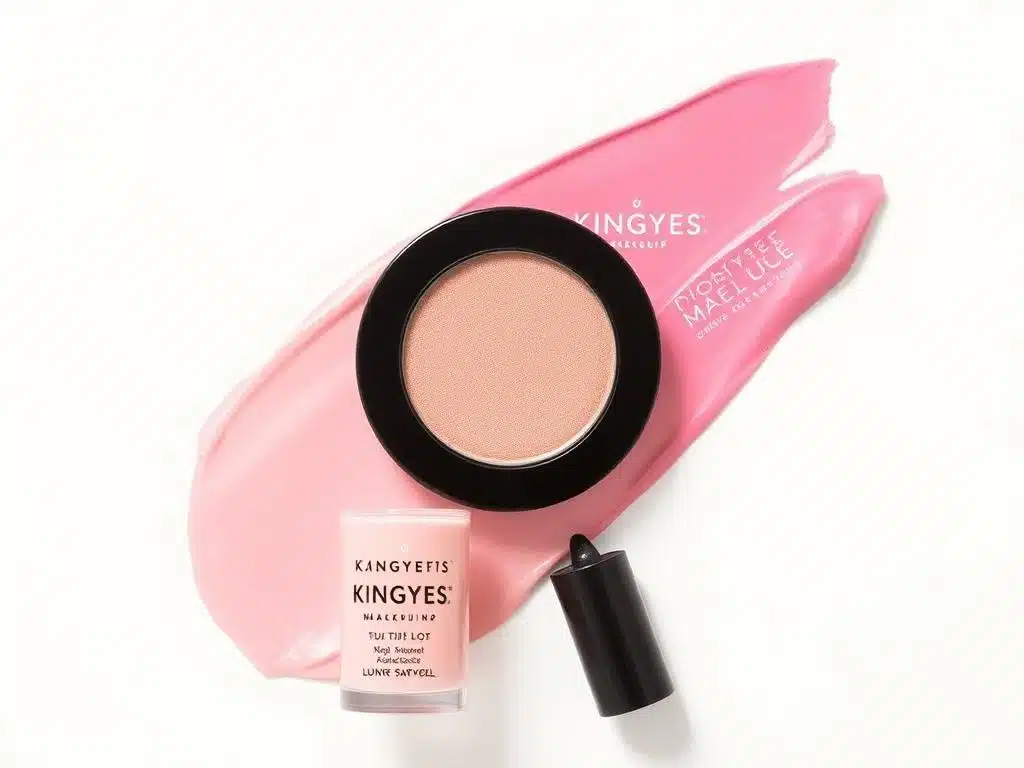
What Is The Best Toxic Free Makeup?
Concerned about the ingredients in your conventional makeup?
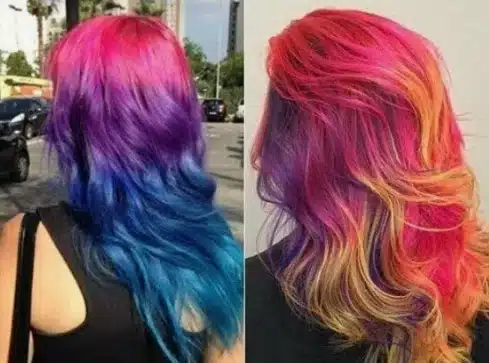
Is Temporary Hair Color Spray Bad For Your Hair?
Ever thought about changing your hair color for a day without making a big commitment?
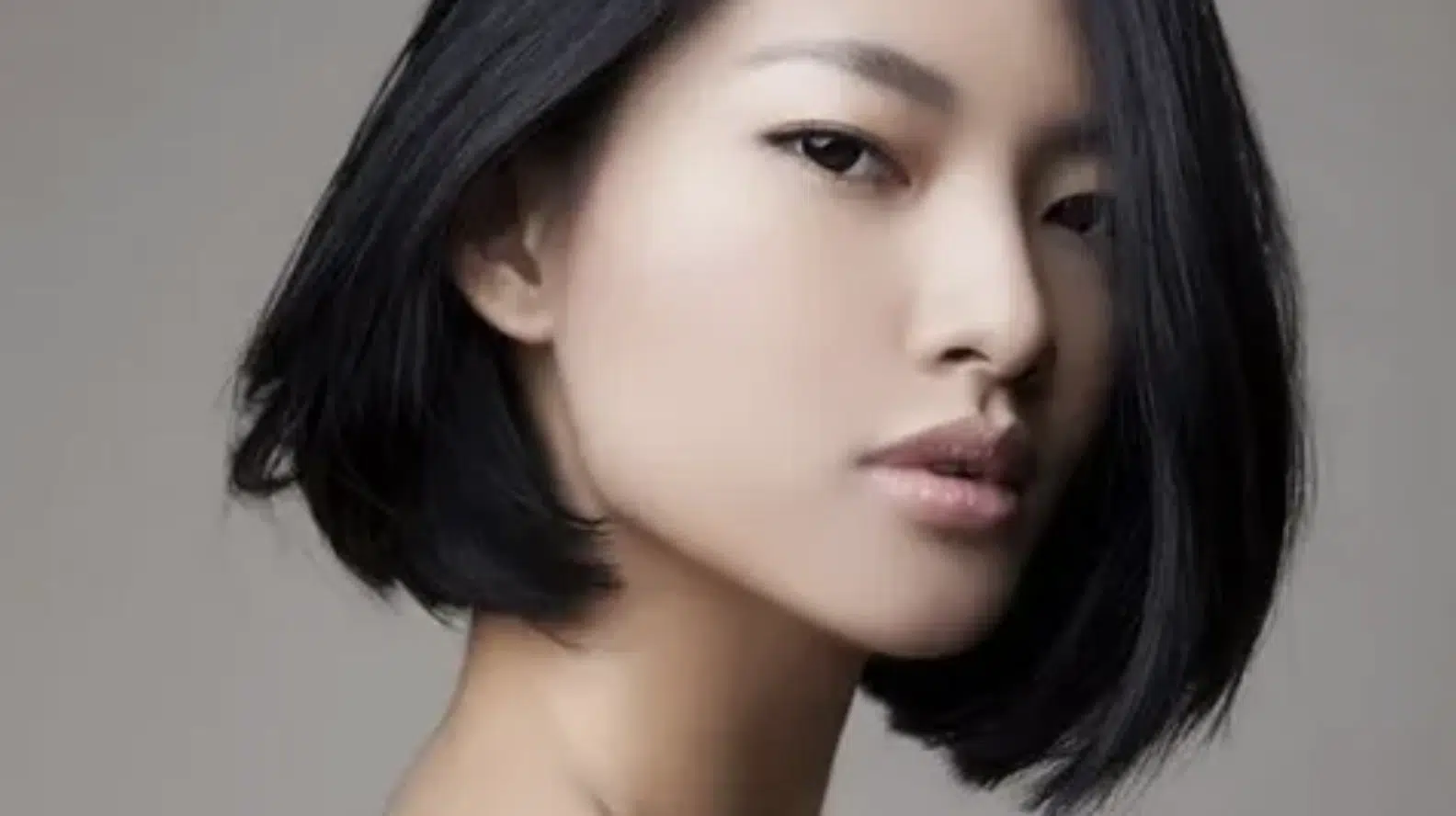
What Hair Color Looks Best On Asians?
Choosing the right hair color can completely transform your look and boost your confidence.

What Are The Disadvantages Of Oiling Our Hair?
Ever wondered if applying hair oil is truly beneficial?
- +86 151 1839 7303
- [email protected]
- Mon-Sun 07:00-23:00
Tags
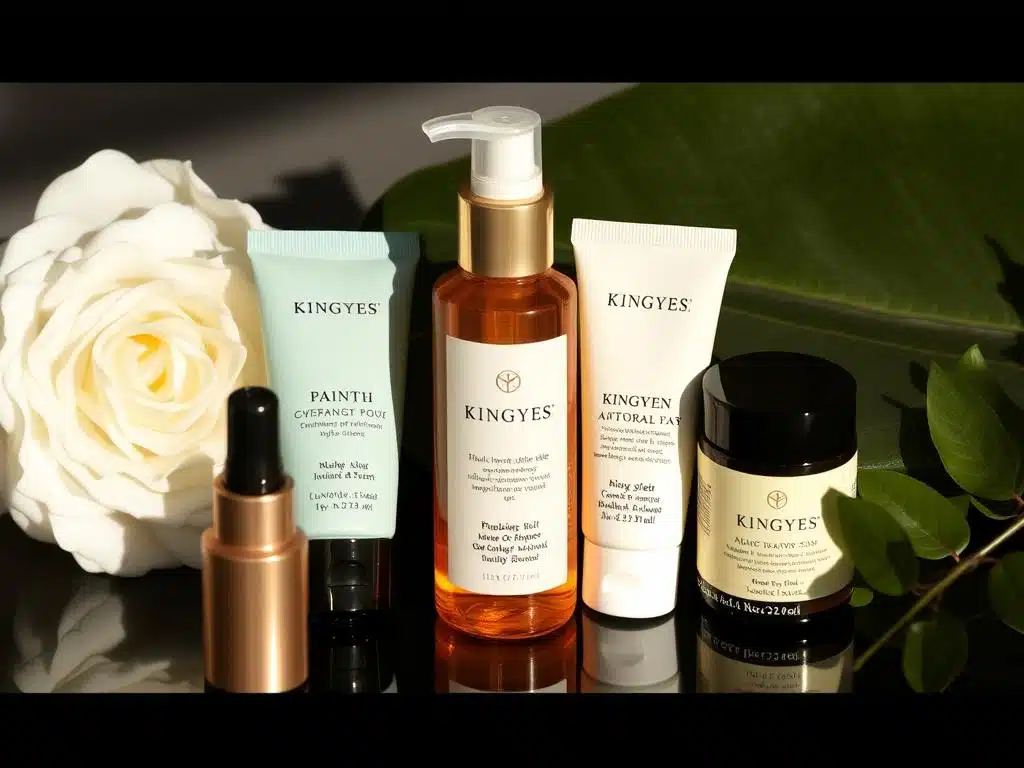
How To Sell Cosmetics On WeChat?
Are you ready to tap into the world’s largest beauty market?

How To Sell Cosmetics On Shopee?
Looking to sell cosmetics and tap into the booming e-commerce market of Southeast Asia?
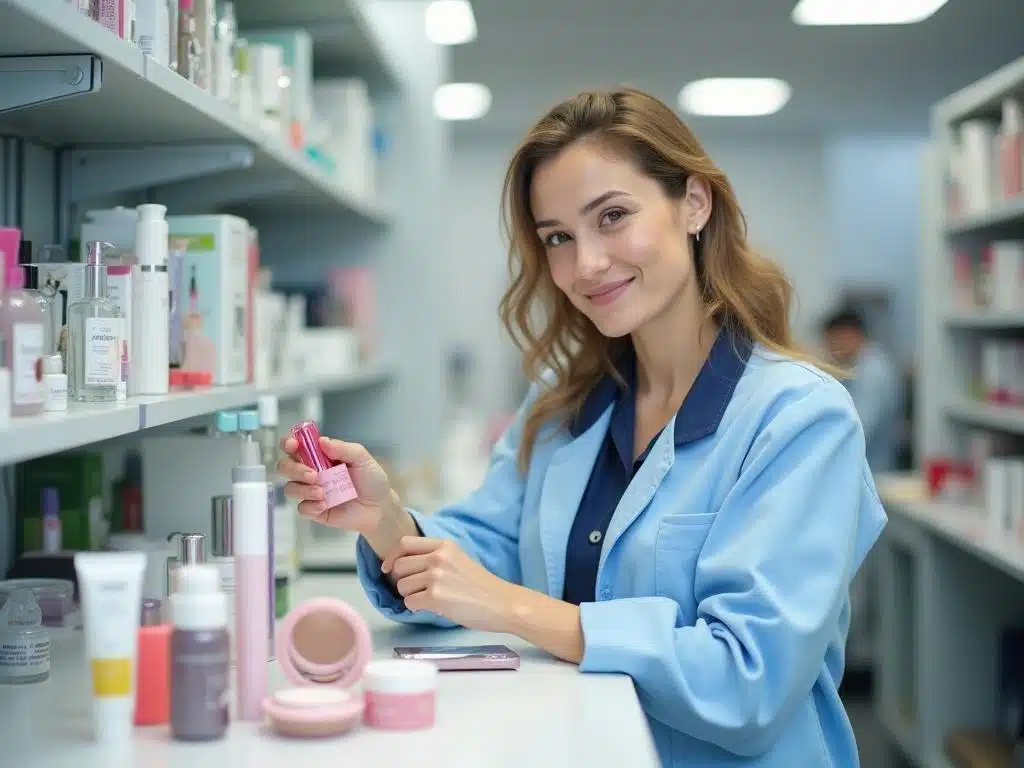
How To Cooperate With Cosmetics Factories?
In the dynamic and competitive beauty industry, partnering with the right cosmetic manufacturer is paramount to the success of your cosmetics business.

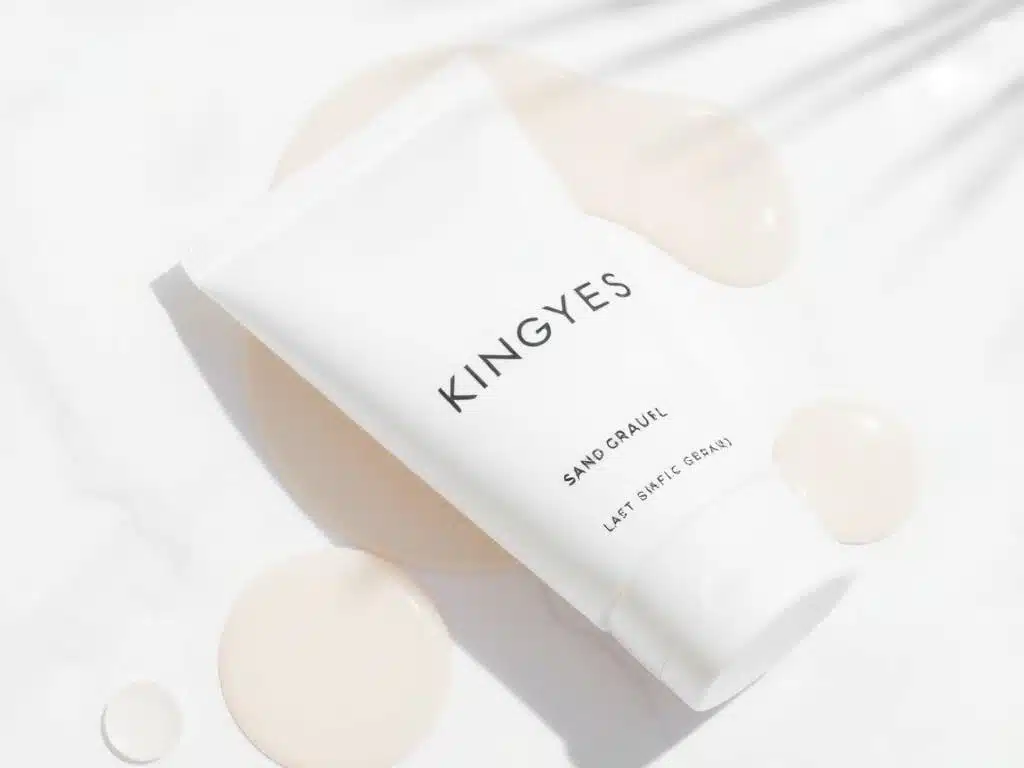
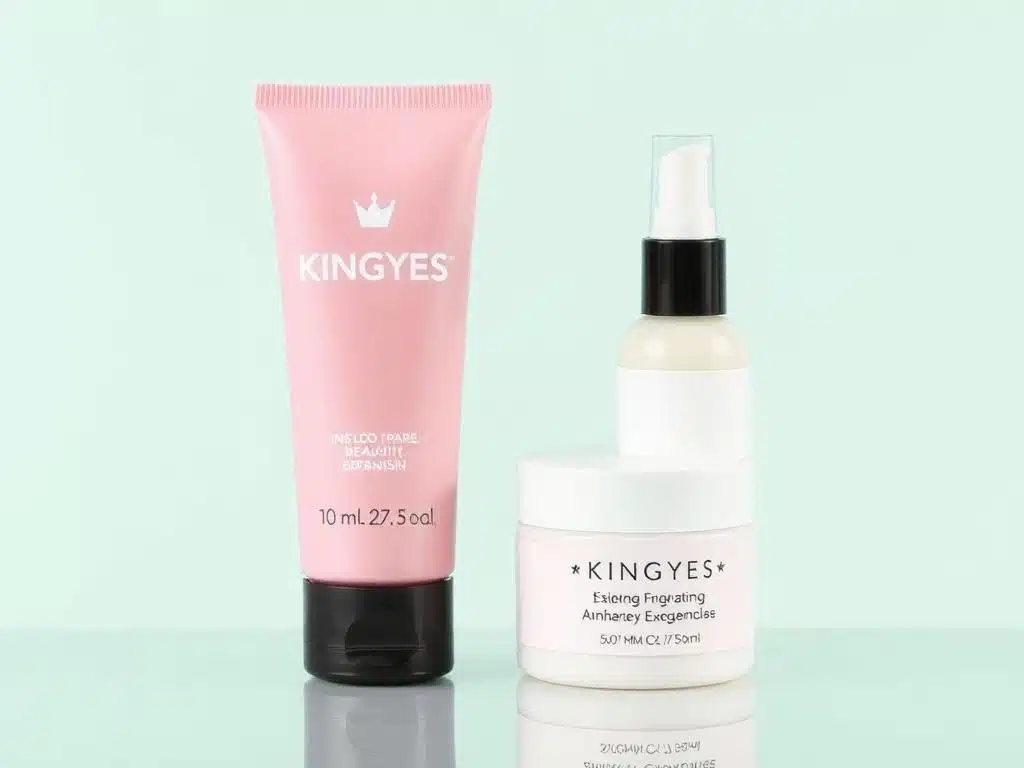
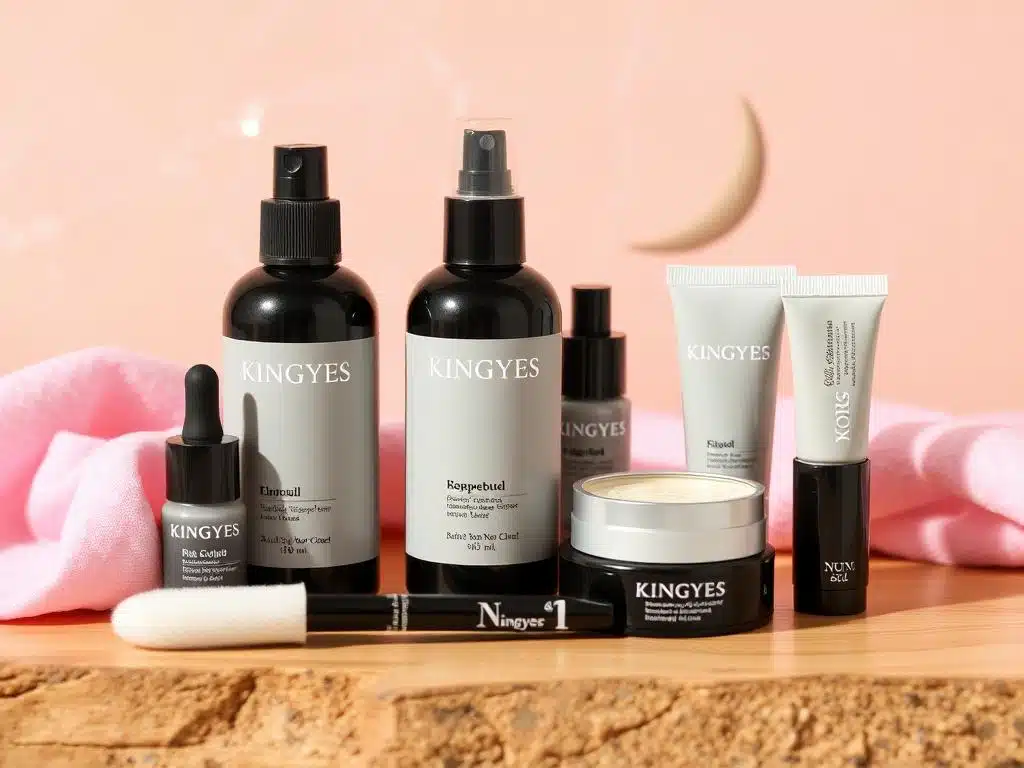
1.jpg.webp)
